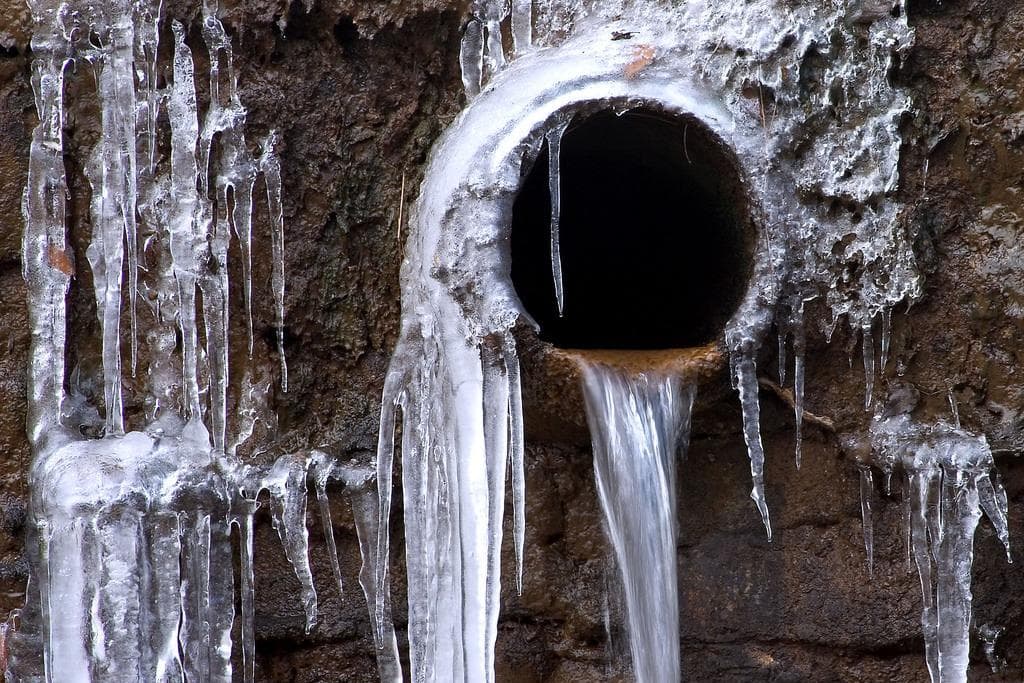Important Advice to Prevent Frozen Plumbing in Winter: Professional Guidance
Important Advice to Prevent Frozen Plumbing in Winter: Professional Guidance
Blog Article
This post underneath in relation to Preventing and dealing with frozen pipes is without a doubt insightful. Don't miss out on it.

Cold weather can ruin your pipes, specifically by freezing pipelines. Here's exactly how to stop it from happening and what to do if it does.
Intro
As temperatures decrease, the threat of frozen pipelines boosts, possibly bring about pricey repairs and water damage. Recognizing exactly how to avoid icy pipes is vital for home owners in chilly climates.
Understanding Icy Pipelines
What creates pipes to ice up?
Pipes ice up when exposed to temperature levels listed below 32 ° F (0 ° C) for extended durations. As water inside the pipes freezes, it expands, putting pressure on the pipeline walls and possibly causing them to burst.
Risks and damages
Icy pipelines can result in supply of water interruptions, residential property damage, and pricey repair services. Burst pipes can flooding homes and cause extensive structural damages.
Signs of Frozen Water Lines
Determining icy pipelines early can prevent them from bursting.
Exactly how to determine icy pipes
Look for decreased water circulation from faucets, unusual odors or noises from pipelines, and visible frost on subjected pipelines.
Avoidance Tips
Shielding vulnerable pipes
Cover pipelines in insulation sleeves or make use of warmth tape to protect them from freezing temperatures. Concentrate on pipelines in unheated or exterior locations of the home.
Heating techniques
Maintain indoor areas appropriately warmed, specifically locations with plumbing. Open up cabinet doors to allow warm air to flow around pipes under sinks.
Safeguarding Outdoor Plumbing
Garden hoses and outside taps
Disconnect and drain pipes yard hose pipes prior to wintertime. Mount frost-proof faucets or cover outdoor taps with shielded caps.
What to Do If Your Pipes Freeze
Immediate activities to take
If you suspect frozen pipelines, maintain faucets open up to eliminate pressure as the ice melts. Use a hairdryer or towels taken in warm water to thaw pipelines gradually.
Long-Term Solutions
Structural adjustments
Consider rerouting pipelines far from outside wall surfaces or unheated locations. Include added insulation to attics, basements, and crawl spaces.
Updating insulation
Buy high-quality insulation for pipes, attics, and wall surfaces. Appropriate insulation aids keep consistent temperatures and reduces the risk of frozen pipelines.
Conclusion
Preventing frozen pipes calls for aggressive actions and fast feedbacks. By recognizing the causes, signs, and preventive measures, homeowners can protect their pipes during winter.
6 Proven Ways to Prevent Frozen Pipes and Protect Your Home
Disconnect and Drain Garden Hoses
Before winter arrives, start by disconnecting your garden hoses and draining any remaining water. Close the shut-off valves that supply outdoor hose bibs and leave the outdoor faucet open to allow any residual water to drain. For extra protection, consider using faucet covers throughout the colder months. It’s also important to drain water from any sprinkler supply lines following the manufacturer’s directions.
Insulate Exposed Pipes
Insulating your pipes is an effective way to prevent freezing. Pipe insulation is readily available at home improvement stores and is relatively inexpensive. Pay close attention to pipes in unheated areas such as the attic, basement, crawl spaces, or garage. Apply foam insulation generously to create a buffer against the cold. You can also wrap your pipes in heat tape or thermostat-controlled heat cables for added warmth.
Seal Air Leaks
Inspect your home for any cracks or openings that could let in cold air. Seal any holes around the piping in interior or exterior walls, as well as the sill plates where your home rests on its foundation. Additionally, make sure to keep your garage door closed unless you’re entering or exiting. Leaving it open creates a significant air leak that can lead to frozen pipes.
Allow Warm Air Circulation
During cold snaps, it’s essential to allow warm air to circulate evenly throughout your home. Leave interior doors ajar to promote better airflow. Open kitchen and bathroom cabinets to help distribute heat consistently around the rooms. If you have small children or pets, be sure to remove any household chemicals or potentially harmful cleaners from open cabinets for safety.
Let Faucets Drip
A small trickle of water can make a big difference in preventing ice formation inside your pipes. When temperatures drop significantly, start a drip of water from all faucets served by exposed pipes. This continuous flow helps prevent the water from freezing. Additionally, running a few faucets slightly can relieve pressure inside the pipes, reducing the chances of a rupture if the water inside does freeze.
https://choateshvac.com/6-proven-ways-to-prevent-frozen-pipes-and-protect-your-home/

I'm very drawn to How To Avoid Freezing Pipes and I hope you appreciated my page. Appreciated our write up? Please quickly share it. Let somebody else discover it. Many thanks for being here. Return soon.
Schedule And Pricing Report this page